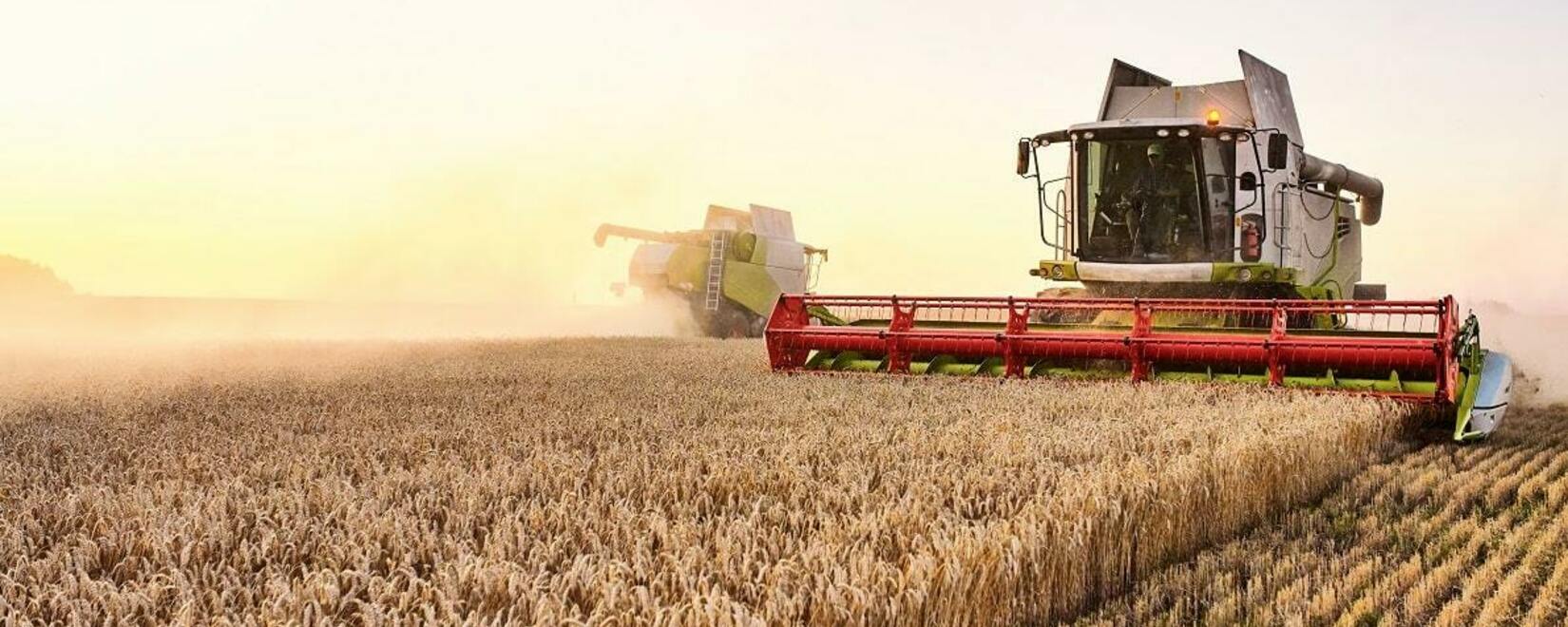Carryover stocks of wheat and coarse grains fell 3 million tons from the previous forecast to 577 million tons, an eight-year low, according to the International Grains Council (IGC) 2023 report, January 12, according to the online publication World Grain.
The downward trend in carry-over stocks of wheat and coarse grains continues from 2022. The stocks to needs ratio of 25.3% is the lowest since the 2012-2013 season.
“Despite an unusual 1% year-on-year decline in consumption to 2.275 billion tonnes, the sharp supply cut will further reduce global inventories,” IGC said in a statement.
Cumulative grain production in 2022-2023 is projected at 2.256 billion tons, 33 million tons less than last season. IGC said the cut “mainly reflects a smaller corn crop, which is 58 million tonnes lower than last year. Yields have declined significantly in the US, Ukraine and the European Union.”
Unlike corn, global wheat production in 2022-2023 is projected to reach a new record of 796 million tonnes. Barley and oat production is expected to recover.
Grain trade will be reduced by 17 million tons to 407 million due to the supply of corn, wheat, barley and sorghum.
Crop failure in Argentina outweighs marginal increases elsewhere. IGC estimates global soybean production in 2022-23 at a record 385 million tons, 30 million tons more than the previous year, but 3 million tons less than November's forecast.
According to the IGC, soybean production will rise year-on-year on the back of a good crop in Brazil and a modest increase elsewhere.
“Record consumption is expected. Inventories are likely to recover, although the reserves of major exporters will remain small,” the IGC said in a statement.
The IGC price index for grains and oilseeds fell 1.2% in January, but rose 4.2% year on year to 306 points. Price index for wheat, corn and barley decreased compared to the November report. The rice price index rose 8% in January and is 20% higher than last year.
London

 Trading platform
Trading platform 
 Monitoring
Monitoring  Express applications
Express applications 
 Fork Work
Fork Work 
 Service
Service  News
News  Directory
Directory 
